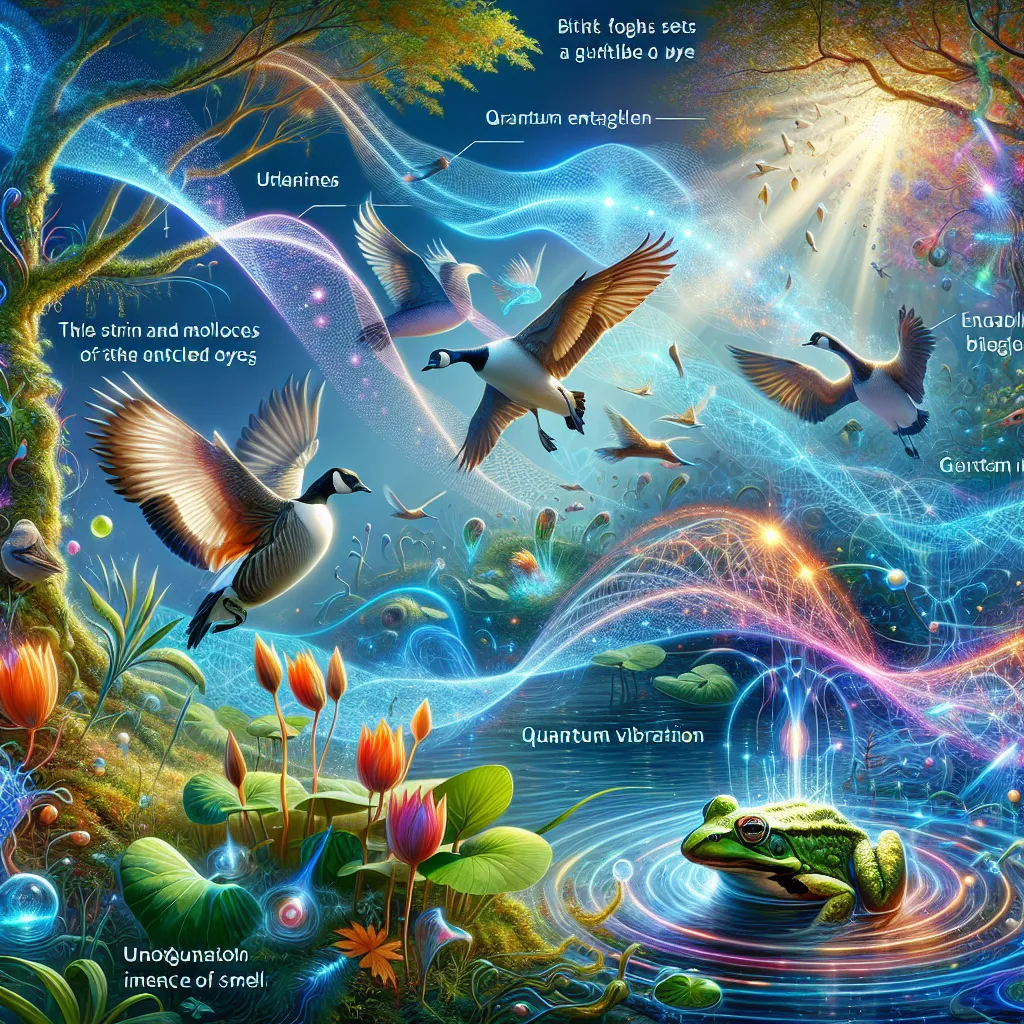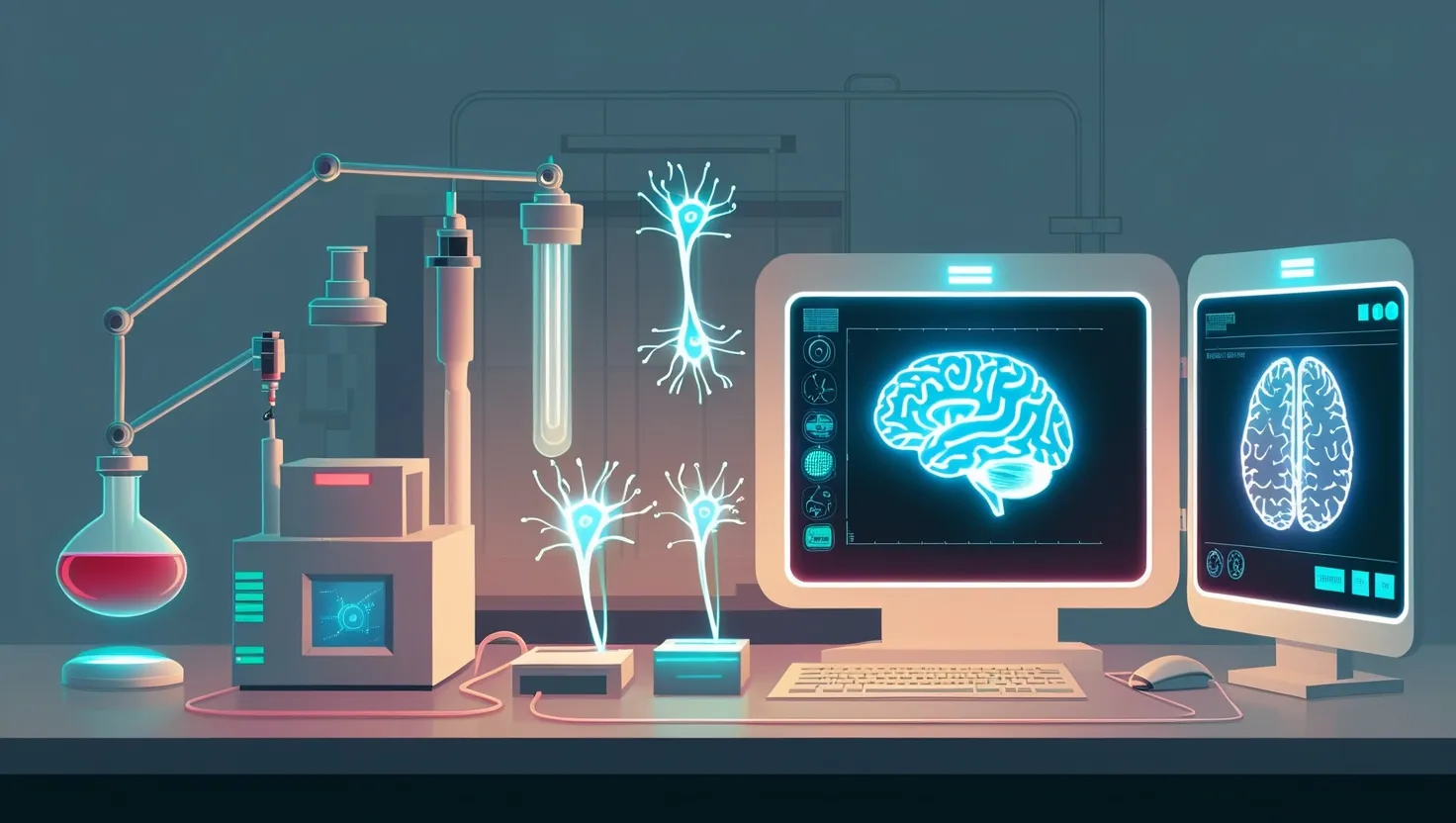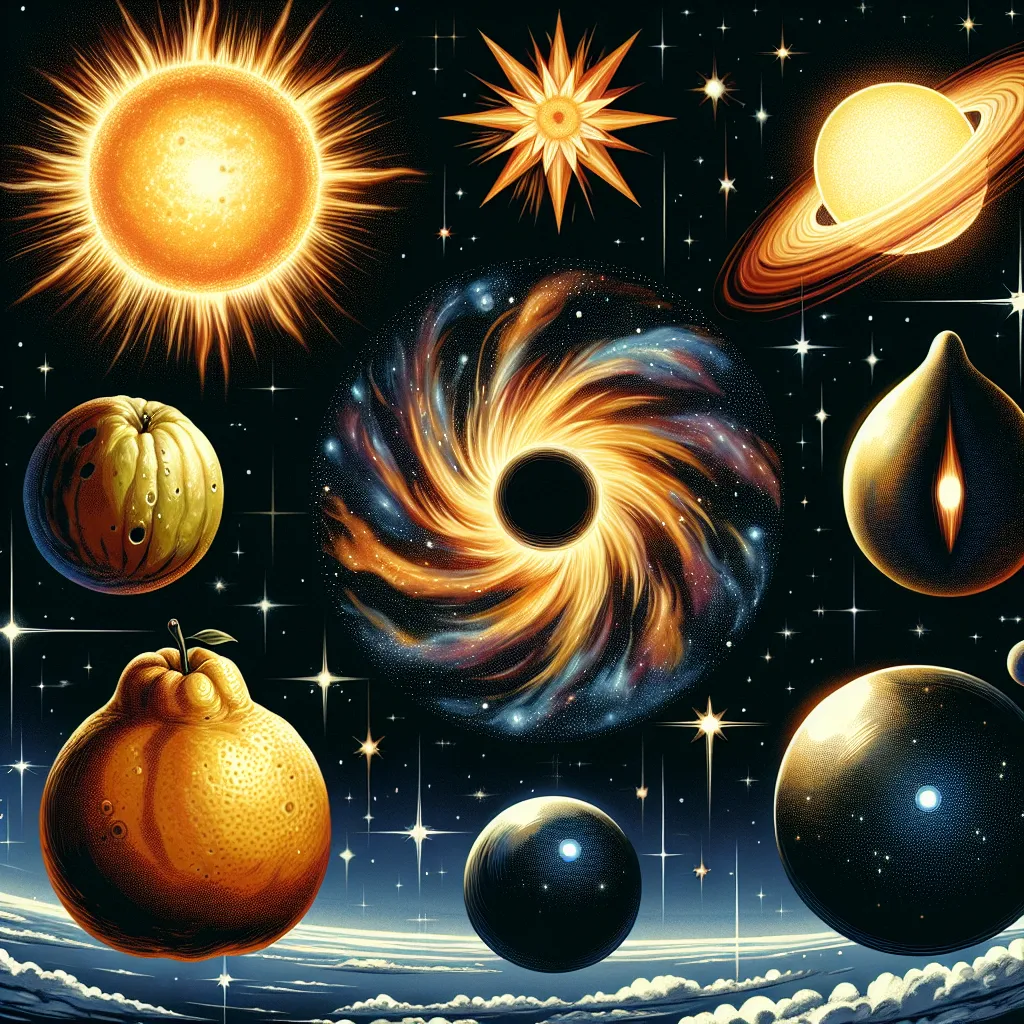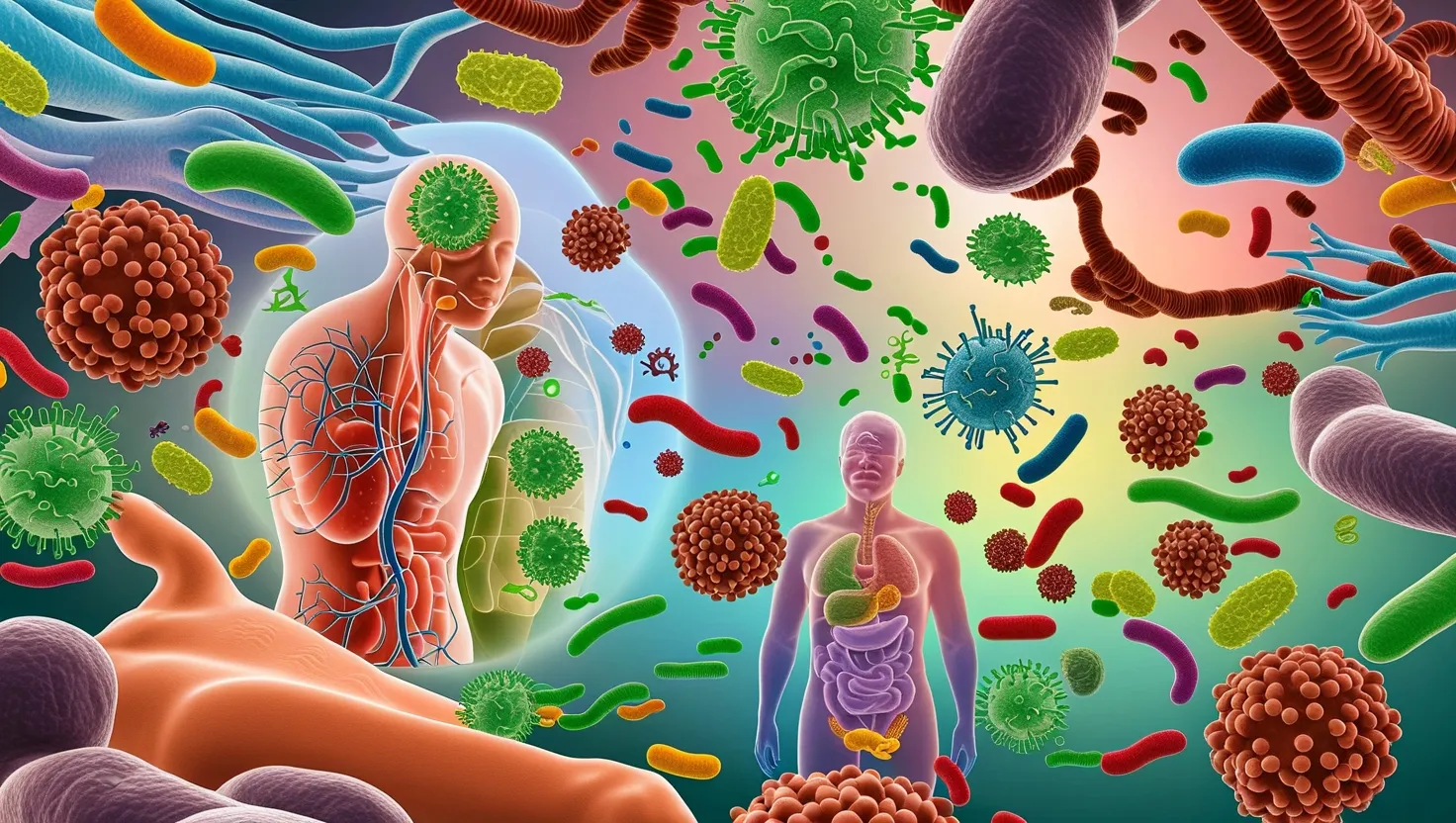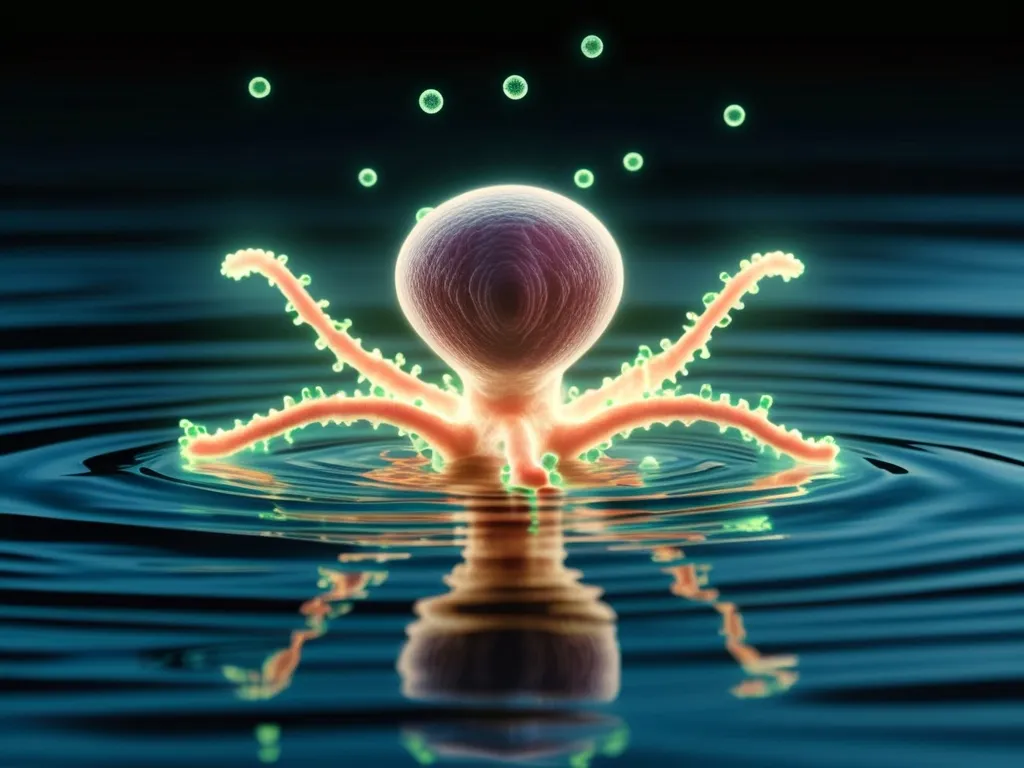Welcome to the mysterious and captivating world of quantum nature. As a physicist, I’ve spent my career studying subatomic particles in controlled lab environments. But now, I’m venturing into the untamed natural world, armed with the belief that quantum physics can unravel some of life’s deepest mysteries. It’s a wild and unpredictable journey, far from the structured confines of my lab.
I believe quantum physics holds many secrets of life. Imagine particles gliding through cellular walls like ghosts, plants capturing sunlight as if bathed in waves that exist everywhere simultaneously, or even our human senses tuning into strange quantum vibrations. In the fantastic realm of quantum biology, life dances to the tune of quantum rules. My quest? To convince you that quantum mechanics is crucial in explaining life’s processes and maybe even the very essence of life itself.
My journey starts with the awe-inspiring migration of birds. Each winter, Barnacle geese travel a staggering 2,000 miles from Svalbard to Scotland, perfectly timed. The accuracy of their navigation, long a mystery, has been recently unraveled by studying one bird in particular: the European robin. It turns out this bird uses quantum mechanics to navigate, a discovery that even baffled the likes of Einstein.
Biologist Henrik Mouritsen has shown that robins rely on the Earth’s incredibly weak magnetic field to find their way. But the kicker is that this magnetic sense is rooted in their eyes and influenced by quantum entanglement—a phenomenon where particles communicate instantaneously across space.
When a photon hits a robin’s eye, it creates a pair of entangled electrons, setting off a chemical reaction influenced by the Earth’s magnetic field. This delicate dance of quantum particles guides the bird, illustrating a fundamentally quantum mechanical navigation system.
Our sense of smell also dips into the quantum world. It’s not just about detecting chemical shape, as long believed. Quantum biology suggests our noses “listen” to molecules through their vibrations. Imagine a scent molecule being like a guitar string, plucked by electrons tunneling between receptors, creating vibrations that our brains interpret as smell.
This theory has been tested with fruit flies, revealing that they can detect the vibrational differences in molecules, further entrenching the idea that smell operates on quantum principles. Fascinating, right?
And then there’s the magic of metamorphosis, the transformation of a tadpole into a frog. Enzymes play a crucial role here, breaking down and reassembling the structure of the tadpole at astonishing speeds. This speed is thanks to quantum tunneling, where protons move through energy barriers in a way that defies classical physics.
Plants, too, rely on quantum mechanics for photosynthesis, converting sunlight into energy with near-perfect efficiency. This process involves excitons, energy packets that navigate through the plant cells not by random bumps but by spreading out like waves, exploring all paths simultaneously to find the quickest route.
Evolution itself might be influenced by quantum mechanics. Mutations, the driving force behind evolution, could be explained by quantum tunneling of protons within DNA, causing changes in genetic code. Preliminary experiments replacing hydrogen with its heavier isotope, deuterium, hint at fewer mutations, suggesting quantum effects at play.
Quantum biology is just beginning to reveal its wonders. It binds the living world with the most counterintuitive laws of physics, from bird navigation to our sense of smell and even the very processes of life and evolution. It’s a revolutionary new way to see the interplay of life and physics, hinting at endless possibilities and discoveries to come.
As I return to the familiar realm of physics, I’m thrilled by the new horizons quantum biology is unveiling. There’s no telling where this path will lead, but one thing is certain: the journey is as fascinating as anything quantum mechanics has shown us so far.
